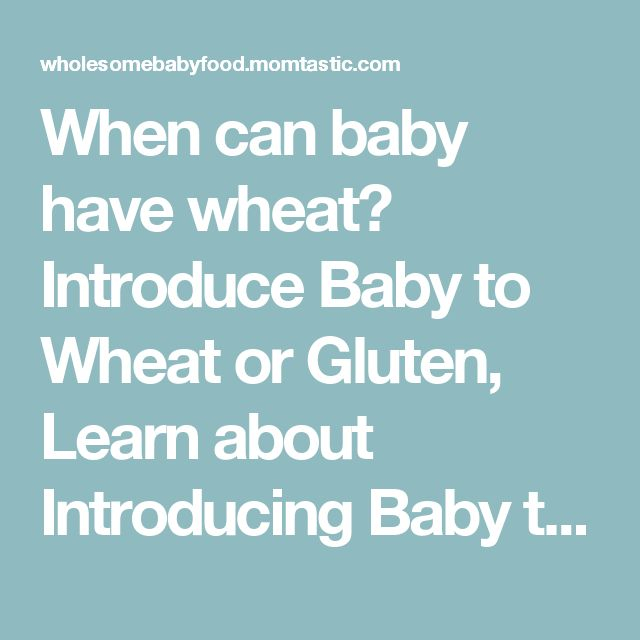How To Introduce Wheat To Baby: A Comprehensive Guide
Introducing wheat to your baby’s diet is an exciting milestone in their journey of exploring new foods and flavors. However, it is essential to approach this transition with caution and care to ensure your baby’s health and well-being. In this article, we will delve into the details of how to introduce wheat to your baby, covering everything from when to start, how to prepare wheat-based foods, and potential signs of intolerance or allergies to watch out for.
Knowledge
Before introducing wheat to your baby, it is crucial to wait until they are at least six months old and have started eating solid foods. This allows their digestive system to mature and reduces the risk of developing allergies. When you are ready to introduce wheat, start with small amounts and observe how your baby reacts.
There are various forms of wheat available, including whole wheat, wheat germ, and wheat bran. Opt for whole wheat products whenever possible, as they contain more essential nutrients and fiber compared to refined wheat products.
When preparing wheat-based foods for your baby, consider starting with simple and easily digestible options such as wheat cereal mixed with breast milk or formula. Gradually incorporate wheat into other dishes like purees, soups, and baked goods as your baby becomes more accustomed to the taste and texture.
While wheat is a common allergen, it is essential to be vigilant for any signs of intolerance or allergies when introducing it to your baby. Symptoms may include rash, hives, vomiting, diarrhea, or difficulty breathing. If you notice any of these signs, stop feeding your baby wheat and consult a healthcare provider immediately.
Conclusion
Introducing wheat to your baby can be a rewarding experience as you witness them explore new flavors and textures. By following the guidelines outlined in this article, you can ensure a smooth transition to wheat-based foods for your little one. Remember to start small, observe your baby’s reactions, and seek medical advice if needed.
In conclusion, this article is aimed at parents and caregivers who are looking to introduce wheat to their baby’s diet. By providing detailed information and tips on how to safely incorporate wheat into your baby’s meals, we aim to empower you with the knowledge needed to make informed decisions about your baby’s nutrition.
As we look towards the future, the market for baby food products continues to evolve with a focus on natural ingredients and allergen-free options. By staying informed and following best practices for introducing new foods to your baby, you can contribute to their overall health and well-being.






